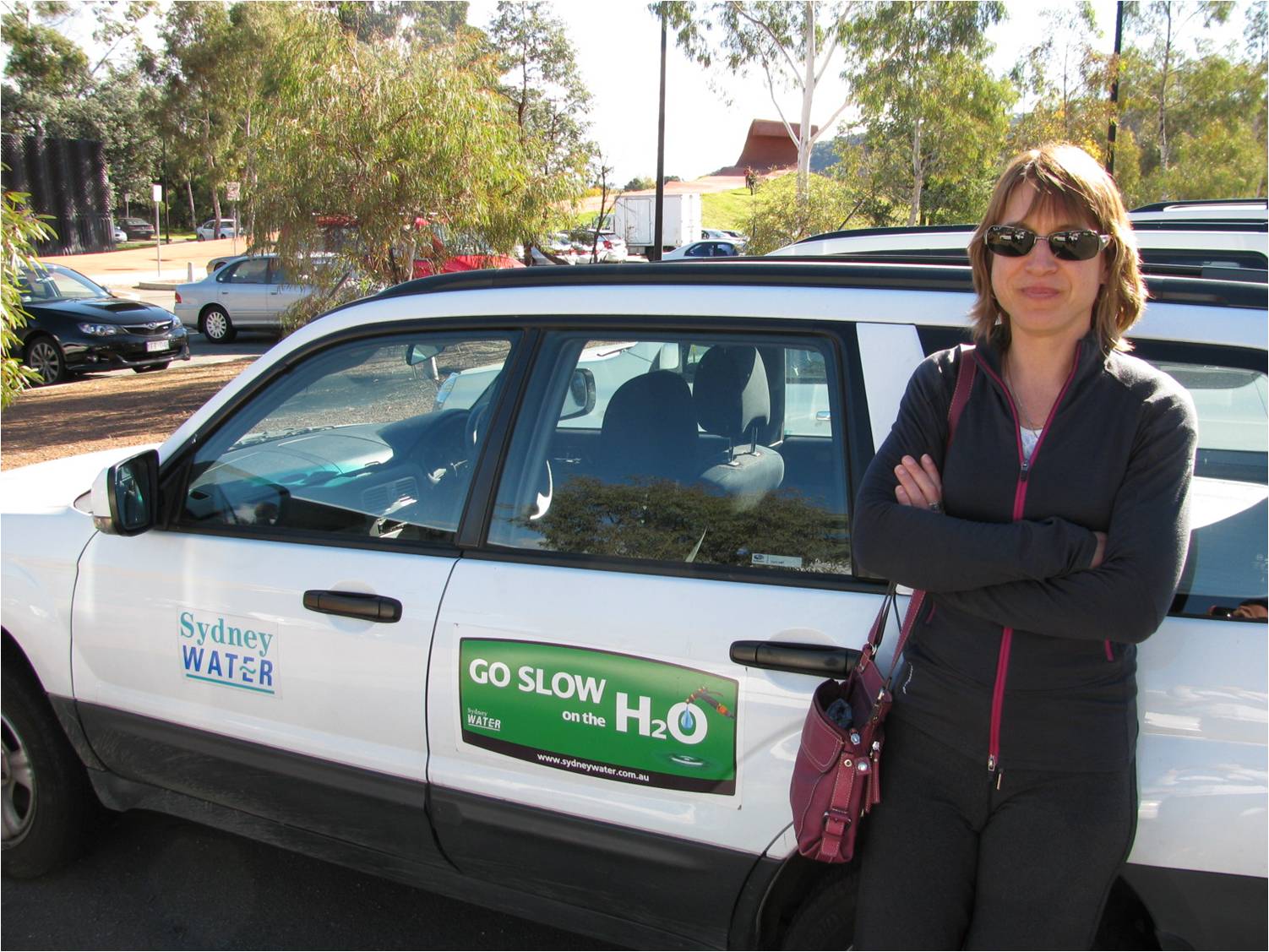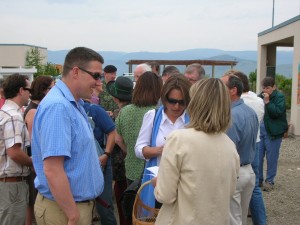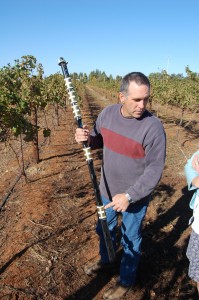“It’s like driving a car at night. You never see further than your headlights, but you can make the whole trip that way.” – E.L. Doctorow
I have a terrible habit of using car metaphors when I talk about water governance. I can’t say it is climate-friendly connection, but they come out of nowhere to carry the conversation.
In a previous post, I talked about our quandary: needing to collaborate and make decisions about water, and not having a formal structure to work with. The government of BC has recently invested in several reports on governance as part of Water Act Modernization, and the end result is likely to be “enabling legislation.” That is, the ability to establish a watershed organization under law, without specifying what form it takes or authority it holds.
This is when we all start talking about vehicles for moving forward. To a certain extent, everyone would like to engineer some kind of ideal vehicle for watershed management – a car of the future that can make it through any terrain. We take this conversational detour, even while repeating “one size doesn’t fit all.” Continue reading




